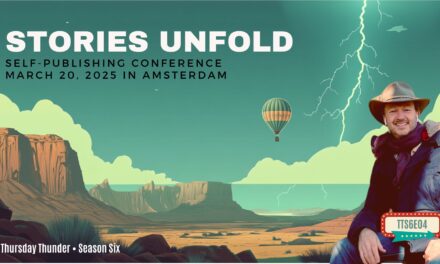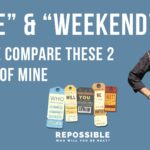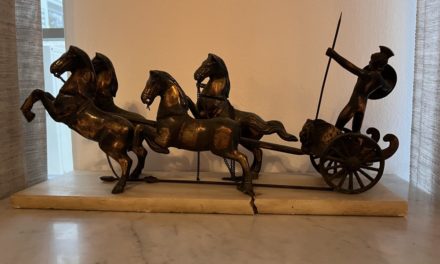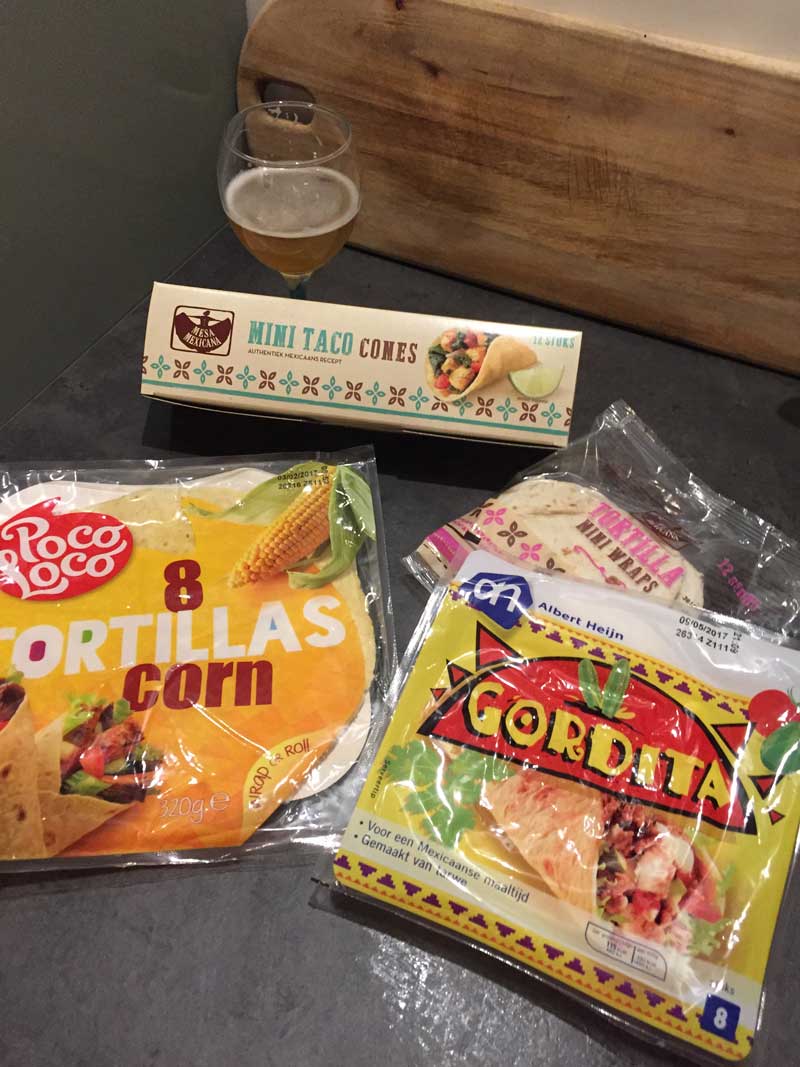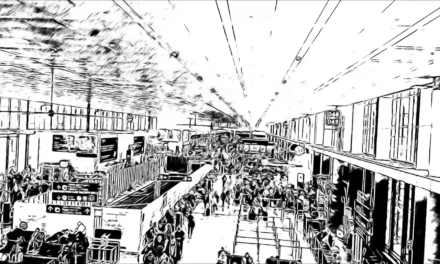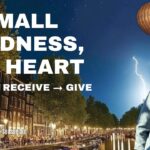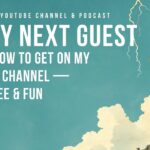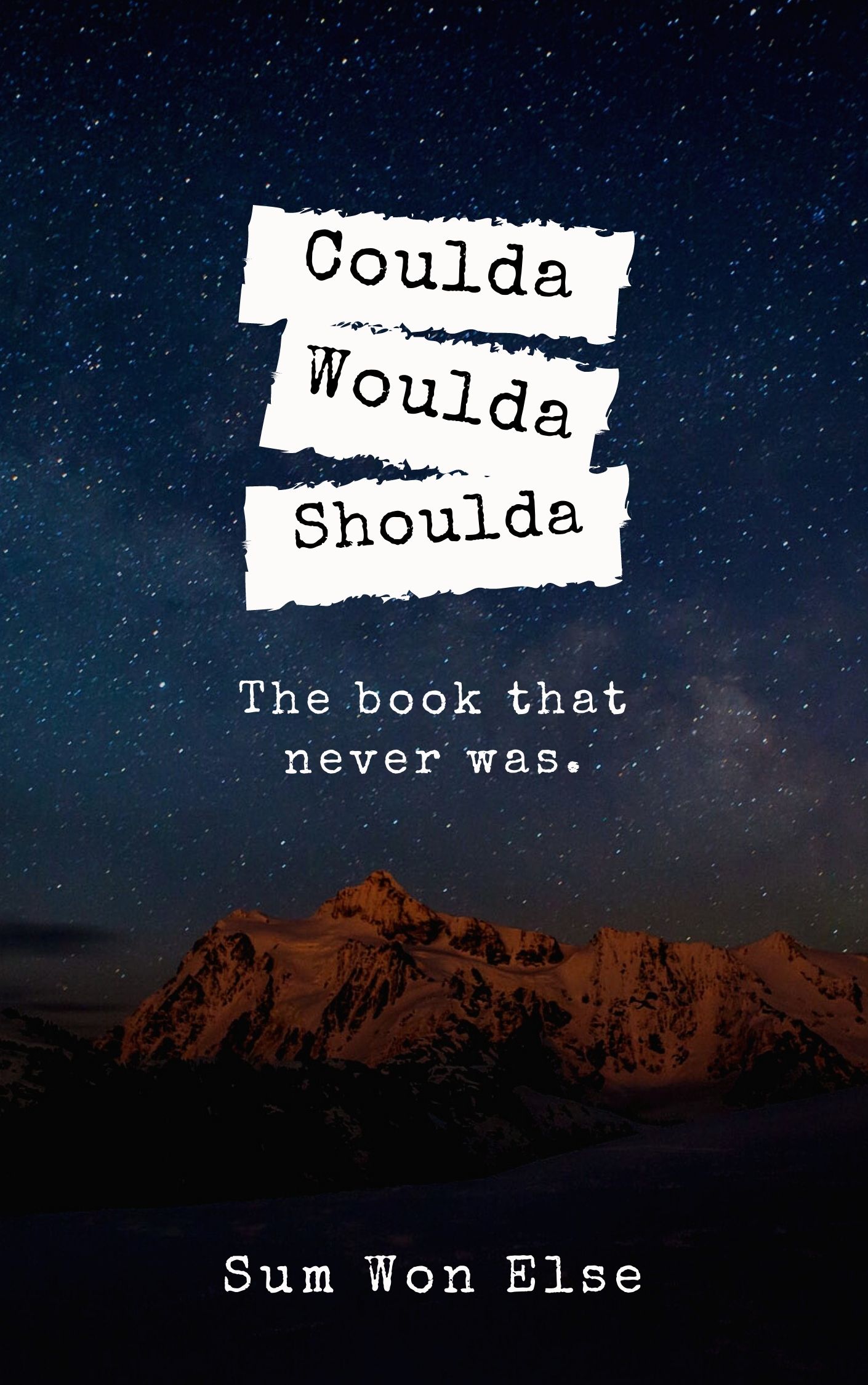
How a war museum helps build your brand, sell more books, and connect with your audience.
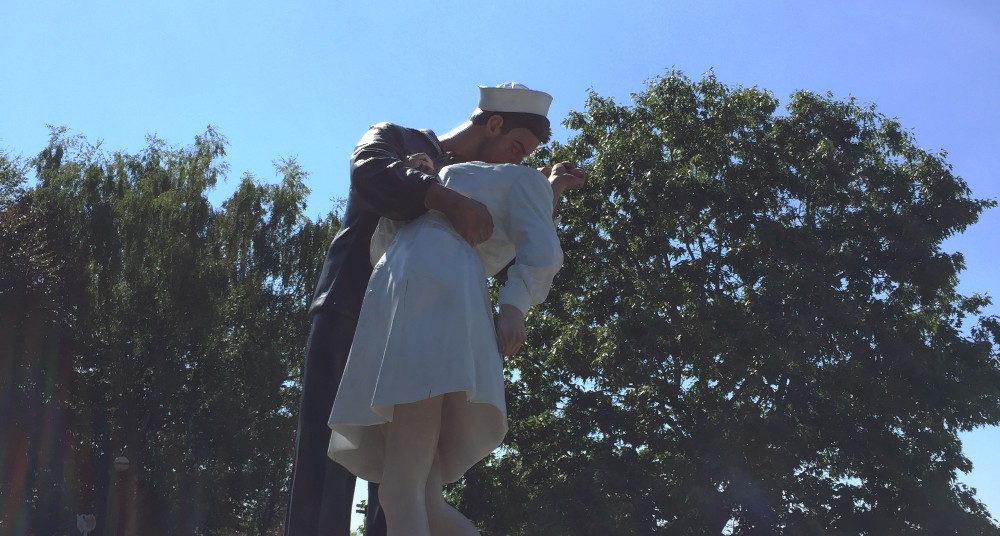
Story, variety of media, a path to follow, different perspectives, and a strong closing.
We visited the Bastogne War Museum in Belgium yesterday and it was one of the best museums I’ve ever been to.
It had elements of a good book or excellent product or something you lose yourself in, want more of, and where you lose track of time.
- Perspective(s)
- Story
- Media
- Path
- Connection
It’s just a World War II museum, how (and why) does it have all this? Whoever put it together knew what they were doing to engage an audience. Let’s see what we can learn.
1. Perspective(s)
The very first wall in the museum consists of illustrations of 4 people, all from very different backgrounds. A German soldier, an American soldier, a Belgian school teacher, and an 11-year-old boy.
Your Story: How can you tell your story (or about your brand) from different perspectives so different people might associate with it in different ways?
2. Story
We followed each of the 4 people through the war and heard their stories–in their own voices–as we walked through the rooms and read the information on the walls. Remember, we have both a German and an American: we really got two different perspectives. But we heard about it all with story.
Your Story: Sure, you could have information handouts and pamphlets and book descriptions, but what’s the story behind it all? Can you tell that to engage your audience even more?
3. Media
There were several forms of media in the museum:
- Audio guide,
- Photos,
- Videos,
- Text,
- Stage
Most museums have 1 through 4, but the Bastogne War Museum had a #5 that was intriguing, and just plain different. It wasn’t with real actors, but there was a stage set up with great detail and then a combination of video and old film, new video, sound effects, storyline, voices and you were right there with the little boy in the cafe of his father as the Germans bombed Bastogne.
Your Story: sure, you have a book, but what else? Do you have an audiobook? Maybe a book trailer?
4. Path
Even if you just want some wine glasses, the setup of IKEA has you following arrows through their entire showroom. The museum, as far as I could tell, was a one-way path throughout the entire story. I don’t think it was even possible to just see this or that section. Nope, follow the story. Great for kids who would rather, you know, leave. 😉
Your Story: Are you leading your audience down a path? Do you have a clear Step 1, Step 2, Step 3 and so forth? Or is it a random hot mess?
5. Connection
The museum wrapped it all up in the end as all 4 characters (who were based on real people) met each other towards the end of the war. What a conclusion!
Your Story: How can you wrap together the various aspects of your story, your brand, and your products?
What might you learn from how a museum works? How anything that engages you works? Keep your eyes and ears open to how story is woven into many (successful) experiences and try to adapt that into your own work.


